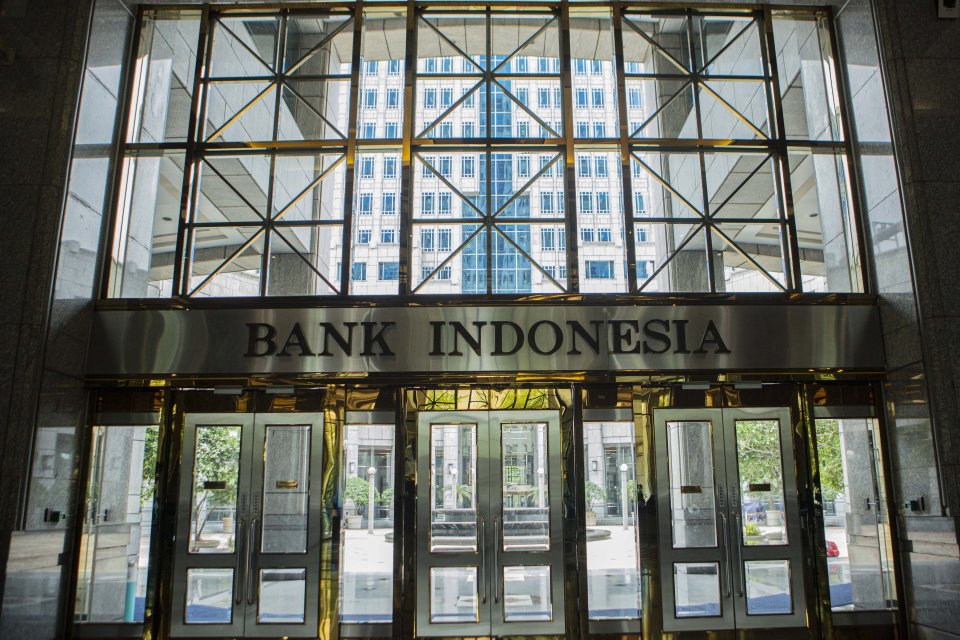

In the intricate web of global economics, few factors hold as much sway as interest rates. These seemingly innocuous digits have the power to shape the fate of businesses and influence the spending habits of consumers. Today, let’s delve into Indonesia’s financial landscape and explore what happens when BI decides to keep interest rates steady at 6%. Join us on a journey to unravel the mysteries of profit and loss in this dynamic economic environment.
The impact of interest rates on businesses and consumers
Interest rates play a crucial role in shaping the economic landscape, influencing both businesses and consumers alike. For businesses, interest rates can impact borrowing costs, affecting investment decisions and expansion plans. When interest rates are low, it becomes more affordable for businesses to borrow money for growth initiatives or capital expenditures.
On the other hand, consumers feel the effects of interest rates through various financial products like loans and mortgages. Lower interest rates can stimulate consumer spending as borrowing costs decrease, leading to increased purchasing power. Conversely, higher interest rates may deter consumers from taking out loans or credit cards due to elevated repayment obligations.
Fluctuations in interest rates can have ripple effects on both businesses and consumers across different sectors of the economy. It is essential for stakeholders to stay informed about changes in interest rate policies to navigate potential impacts effectively.
Understanding BI’s decision to hold interest rates at 6% level
The recent decision by Bank Indonesia (BI) to maintain the interest rate at 6% has sparked discussions among economists and businesses. Understanding BI’s rationale behind this move requires a closer look at the current economic landscape and future projections. By keeping rates steady, BI aims to balance inflation while supporting economic growth. BI’s decision takes into account various factors such as employment levels, foreign exchange rates, and global market trends. The central bank closely monitors these indicators to ensure stability in the financial system. Holding interest rates steady can incentivize investments and stimulate consumer spending.
Businesses operating in Indonesia benefit from predictable borrowing costs when interest rates remain unchanged. This stability allows companies to plan their budgets effectively and make strategic decisions for growth. On the flip side, stagnant interest rates may impact savers looking for higher returns on their deposits. Understanding BI’s stance on maintaining the 6% interest rate level involves considering both short-term benefits and long-term implications for the economy. Stay tuned for more updates on how this decision unfolds in the coming months!
Analyzing the profit and loss for businesses if interest rates remain unchanged
As businesses navigate the complex landscape of financial decisions, interest rates play a pivotal role in shaping their profitability. When the Central Bank, like BI in Indonesia, opts to maintain interest rates at 6%, it can have far-reaching implications for businesses across various sectors. Stable interest rates provide predictability and allow companies to plan their investments with more certainty. This consistency can lead to lower borrowing costs for businesses looking to expand operations or launch new projects. On the flip side, stagnant interest rates may limit opportunities for businesses that rely on consumer spending fueled by cheaper credit.
For industries sensitive to changes in interest rates, such as real estate and automotive sectors, a prolonged period of unchanged rates could either propel growth or constrain expansion depending on market dynamics. Adaptability becomes key for firms to weather potential shifts in demand patterns arising from static interest rate environments. In essence, analyzing profit and loss scenarios under constant interest rates involves a nuanced understanding of market behaviors and consumer sentiments within the broader economic context. Businesses must remain agile and responsive to emerging trends while leveraging strategic financial planning techniques to mitigate risks associated with unaltered interest rate conditions.
Examining the effects on consumer spending and saving habits
Consumer spending and saving habits play a crucial role in the economy, shaping the dynamics of supply and demand. When Bank Indonesia (BI) decides to keep interest rates at 6%, it affects how consumers approach their finance. For instance, lower interest rates can encourage borrowing and spending as it becomes cheaper to take out loans. This could lead to increased consumer spending on big-ticket items like homes or cars.
On the flip side, higher interest rates may prompt consumers to save more instead of spending impulsively. With savings accounts offering better returns, individuals might opt for saving over immediate consumption. This shift in behavior can impact businesses that rely heavily on consumer expenditure for their revenue streams. Understanding the interplay between BI’s interest rate decisions and consumer behaviors is key to predicting economic trends accurately.
Potential consequences for the overall economy
The decision by Bank Indonesia (BI) to maintain the interest rate at 6% can have far-reaching consequences for the overall economy. With borrowing costs remaining stable, businesses may feel encouraged to invest in expansion and innovation, stimulating economic growth. On the flip side, there is a risk of inflationary pressures as consumers might increase their spending due to lower borrowing costs. This could lead to an uptick in prices across various sectors, impacting purchasing power and potentially causing imbalances in the market.
Additionally, the stability in interest rates could affect foreign investment decisions in Indonesia. If other countries offer higher returns on investments, capital outflows may occur, putting pressure on the local currency and affecting trade balances. While maintaining interest rates at 6% can provide stability in the short term, policymakers must closely monitor its impact on different sectors of the economy to ensure sustainable growth and financial health.
Conclusion
The decision by Bank Indonesia to hold interest rates at 6% level has significant implications for businesses and consumers alike. While businesses may benefit from lower borrowing costs, savers might see a decrease in their returns on investments. It is crucial for companies to carefully evaluate their financial strategies and adapt to the changing economic landscape to navigate potential challenges effectively.
Consumers, on the other hand, may find themselves with more disposable income due to lower borrowing costs but could also face reduced incentives for saving. Understanding these dynamics and adjusting personal financial habits accordingly will be key in managing individual finances amidst changing interest rate environments.
Monitoring BI’s decisions regarding interest rates and staying informed about how they impact both businesses and consumers is essential for anyone looking to make informed financial decisions. Adapting proactively to changes in interest rates can help mitigate risks and capitalize on opportunities that arise in today’s dynamic economic climate.






